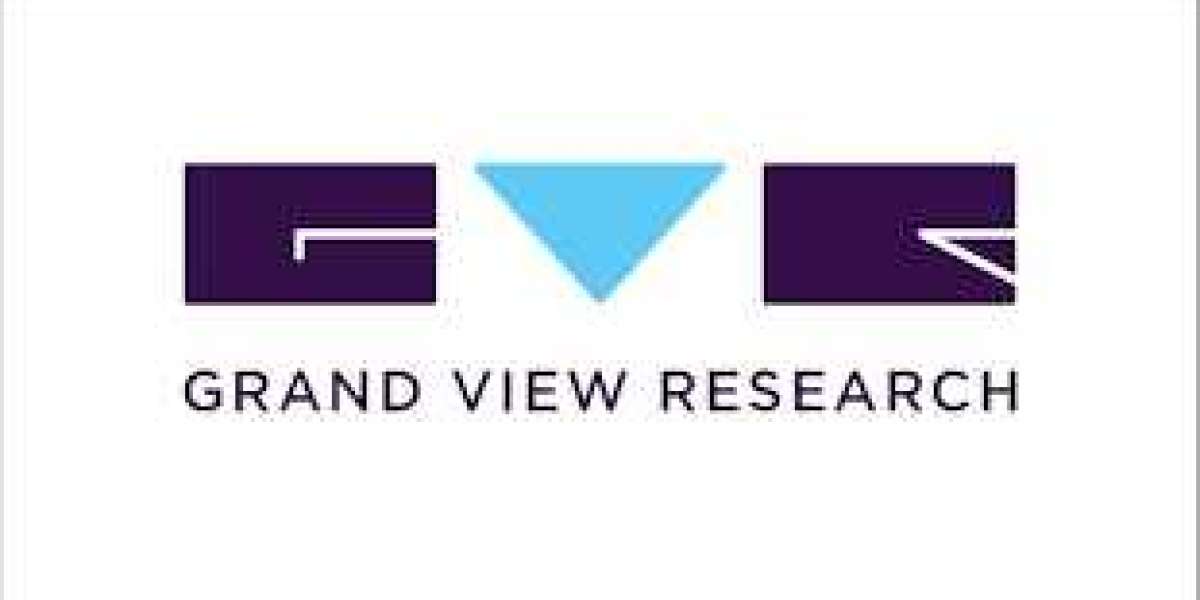In 2023, the global enteral feeding devices market reached a valuation of USD 4.3 billion, with a forecasted compound annual growth rate (CAGR) of 5.0% from 2024 to 2030. A significant driver of this market growth is the increasing global geriatric population, which is associated with a rise in chronic conditions such as diabetes, severe pancreatitis, and various gastrointestinal diseases that require nutritional support. The adoption of specialized protocols, such as the "Feed Early Enteral Diet Adequately for Maximum Effect" (FEED ME) in surgical trauma intensive care units (ICUs) in the United States, is also fostering demand for enteral feeding devices, as it facilitates subsidies and improves access to these essential products. Furthermore, technological advancements, such as the development of tri-funnel replacement G-tubes and J-tubes with reverse balloon designs, are anticipated to enhance device functionality and contribute to market expansion over the forecast period.
Numerous studies from the National Center for Biotechnology Information (NCBI) indicate that individuals aged 65 and older face a higher risk of developing chronic health issues, including Parkinson’s disease and nervous system disorders. The global population aged 60 years and older, estimated at approximately 1 billion in 2020, is expected to grow to 1.4 billion by 2030 and could reach around 2.1 billion by 2050. This demographic shift has led to a growing number of elderly patients with critical health issues. Aging is often associated with conditions that increase vulnerability to malnutrition and frailty, especially in individuals with comorbidities like stroke, depression, and dementia. Age-related changes in muscle mass and body composition impact daily functioning, limiting seniors' ability to perform Activities of Daily Living (ADLs) and increasing their susceptibility to falls and injuries. Enteral feeding devices are increasingly essential in managing these nutritional needs, ensuring patients maintain a sufficient intake of nutrients, and supporting better health outcomes.
The demand for enteral feeding devices is also driven by the rising prevalence of chronic diseases, which require specialized dietary management. There has been a steady increase in the number of cases of Alzheimer’s disease, Attention Deficit Hyperactivity Disorder (ADHD), osteoporosis, osteoarthritis, central nervous system disorders, and other conditions, particularly among the elderly. For many of these patients, proper nutrition is crucial for managing their condition, and enteral feeding devices provide a reliable means for delivering essential nutrients. Consequently, these devices are becoming increasingly adopted by the elderly population struggling with chronic diseases, contributing significantly to market growth.
Gather more insights about the market drivers, restrains and growth of the Enteral Feeding Devices Market
Regional Insights
North America:
North America led the enteral feeding devices market with a substantial share of 37.2% in 2023. One of the primary drivers in this region is the growing number of premature infants requiring critical care, a trend that correlates with the rising demand for enteral feeding devices. According to data from the Centers for Disease Control and Prevention (CDC), approximately 1 in 10 babies was born prematurely in the U.S. in 2021. This high incidence has resulted in increased adoption of enteral feeding devices to provide essential nutrients for these vulnerable infants. Additionally, the growing geriatric population in North America, which is more susceptible to chronic health conditions such as gastrointestinal, metabolic, and neurological disorders, continues to propel the demand for enteral feeding solutions, making this region a key market for enteral feeding devices.
Asia Pacific:
Asia Pacific is expected to experience the fastest growth in the enteral feeding devices market in the coming years. The region has a significant elderly population and a large pool of patients requiring nutritional support. Rapid lifestyle changes in Asia Pacific have led to a rise in various chronic diseases, including cancer, diabetes, gastrointestinal disorders, and autoimmune conditions, all of which can necessitate dietary intervention. Countries like Japan and China have high numbers of elderly individuals at risk for chronic illnesses, thus driving the demand for enteral feeding solutions. Malnutrition and nutritional deficiencies are also prevalent in the region, particularly among older adults, further bolstering the need for enteral feeding devices. According to the World Hunger Education Service, approximately 70% of all malnourished children globally are located in Asia, underscoring the critical role of enteral feeding solutions in addressing nutritional deficiencies in both children and the elderly across the region.
In summary, the enteral feeding devices market is poised for steady growth due to rising chronic disease prevalence, an aging global population, and increasing technological advancements aimed at improving device efficacy and patient outcomes. These factors, coupled with supportive healthcare policies and heightened awareness of nutritional health, position the market for sustained expansion over the forecast period
Browse through Grand View Research's Category Medical Devices Industry Research Reports.
- The global breast cancer brachytherapy market sizewas estimated at USD 897.4 million in 2024 and is projected to grow at a CAGR of 6.9% from 2025 to 2030.
- The global sterilization equipment market sizewas estimated at USD 8.45 billion in 2024 and is anticipated to grow at a CAGR of 10.8% from 2025 to 2030.
Key Enteral Feeding Devices Companies:
- Conmed Corporation
- C.R.Bard
- Cook Medical
- Boston Scientific Corporation
- Moog Inc.
- Fresenius Kabi AG
- Danone Medical Nutrition
- Kimberly-Clark
- Abbott Nutrition
- B Braun Melsungen AG
- Avanos Medical, Inc.
- Cardinal Health
- Applied Medical Technology, Inc.
- Vygon India
- Fidmi Medical
- ALCOR Scientific
- Amsino International, Inc.
Order a free sample PDF of the Market Intelligence Study, published by Grand View Research.








